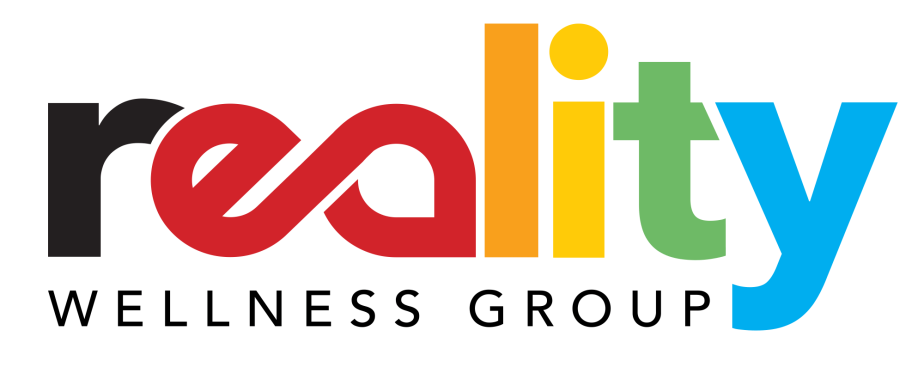Online Reputation Management
- Charmaine Sheen
- Sep 12, 2019
- 3 min read
This month we focus on general etiquette in the workplace.
Good manners lay the foundation for good impressions. We have desired standards of behaviour for almost every activity we engage with during working hours - dress code, meetings, emails, formal dinners.
Social media now plays a central role in our lives – and it makes sense that there are guidelines to govern our behaviour online. While most platforms have privacy settings in place, the reality is that your presence on social media is paramount in building your online reputation.
Your online reputation (digital footprint) should be considered your very first impression. Think of graduates entering the workplace, or aspiring entrepreneurs starting their own companies.
What will your new employer or prospective customer find when they search for you online?
I have three tips for ensuring you project the right kind of image online.
1. Congruency between business and personal persona
Some recommend that you have private versus business social media accounts. I disagree. I think that your brand should be a reflection of the real you. Although we wear different hats, our core should lead and reflect the various roles we assume.
The content I share on various social media platforms differs. I may use LinkedIn to share my professional opinion on corporate wellness trends and share pictures of events hosted by the Reality Wellness Group. Whereas, my Instagram content is home to inspirational quotes and pictures of my family. Both are an authentic representation of who I am and what I value.
2. Give credit where it is due
The internet is super smart; we generally don't have to shop around for content that interests or inspires us – it automatically shows up in our social media news feed.
Real engagement on social media is more than liking and sharing a post. It's about sharing good quality content within your networks.
Super easy to do via a click of a button. What we often fail to do is recognize or give credit to the creator of the content. Outside of the apparent plagiarism or copyright infringements, it is considered good manners to give credit when sharing a connection's, thoughts or opinion. The simplest way of doing this is to tag them (and thank them) when sharing the original piece of content.
3. Be thoughtful when posting & tagging photo's
I don't bat an eyelid when posting pictures of myself or my immediate family on social media. Because I've consulted my family and I know how they feel about images of themselves circulating on the internet, and because I'm hypercritical of pictures of myself (so they rarely get posted).
When it comes to my colleagues, friends and acquaintances, I'm a lot more thoughtful before I post pictures that include them. I'll often ask their permission before posting as a general courtesy.
We're not all fans of having our pictures taken, and indeed not of having them posted without our knowledge or consent. Furthermore, what we consider appropriate is not necessarily suitable for the next person. I'm quite happy to be snapped with a glass of champagne in my hands; others may not be so impressed.
If you don't know a person well or don't have their explicit permission to share a photograph, it's probably best not to do so.
In a nutshell, social media etiquette is being mindful of the content you put online. It has consequences for both your own, and others, online reputation. Often once the content is out there – it's challenging to remove or hide. So be conscious of the material you post online – whether original or curated. What online footprint do you wish to leave?

Image source: Canva.com























Comments